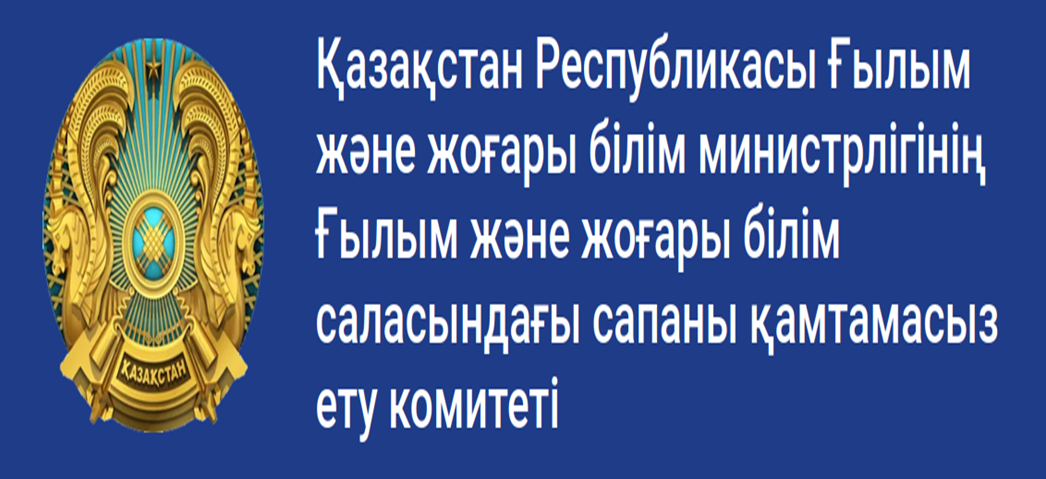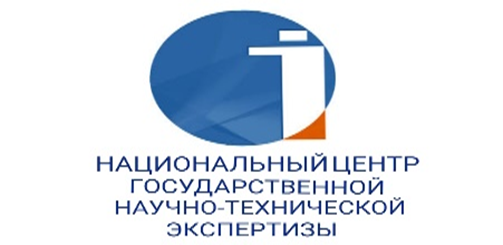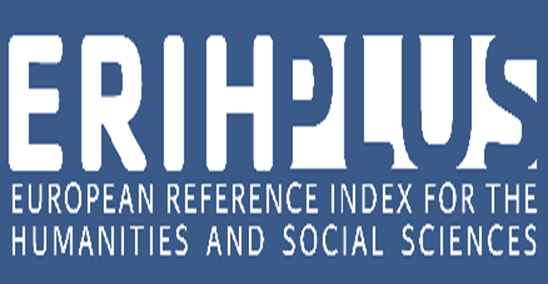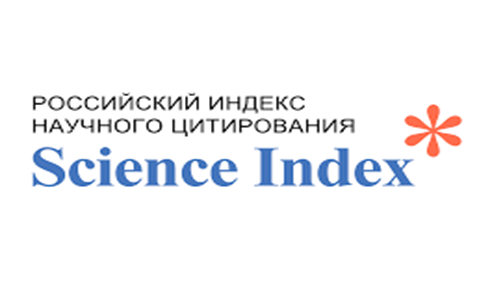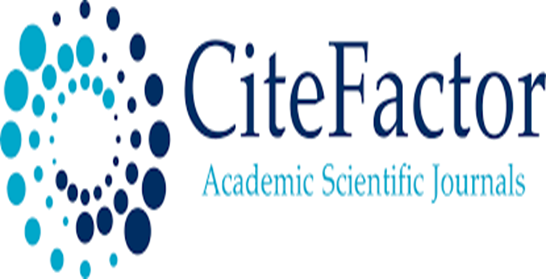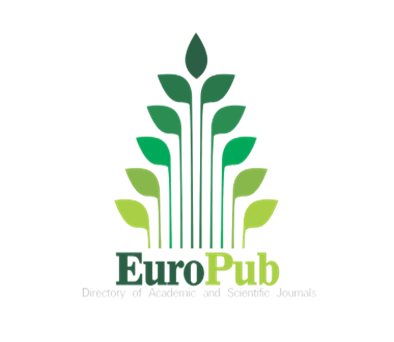The Process of Acculturation of the Kazakh Diaspora in the USA
Views: 160 / PDF downloads: 202
DOI:
https://doi.org/10.32523/2664-5157-2023-4-83-98Keywords:
interaction of cultures, acculturation, assimilation, adaptation, diaspora, migrants, Kazakhs in the USA.Abstract
In the context of globalization, millions of people belonging to different cultures and
ethnic groups have been given the opportunity to move freely around the world and engage in cultural
exchanges with other peoples. In the largest cities of the world, the number of migrants from foreign
countries is constantly increasing, and along with this the number of problems is increasing. The
number of migrants in the world amounted to 272 million people, or 3.5% of the world’s population.
By 2050, this figure could reach 400 million (UN DESA Report, 2019 https://www.un.org/ru/desa).
These migrations often lead to misunderstandings, and sometimes to conflict between representatives
of the two cultures. According to J. Berry (1997), in the period when some countries are striving for
political and economic integration, while others, on the contrary, for independence, the situation of
cultural interaction becomes especially acute. Therefore, scholars and individuals who somehow come
into contact with the process of intercultural communication, attach special importance to the study of
these processes, one of which is acculturation.
This article examines the acculturation process of Kazakhs living in the United States, gives the
concept of such forms of acculturation as segregation, assimilation, integration and marginalization.
Downloads
Reference
Берри Дж., Финни Дж., 2006. Молодой иммигрант: аккультурация, идентичность и адаптация. Прикладная психология, 55 (3). С. 303-332. URL: 10.1111/j.1464-0597.2006.00256.x (дата обращения 16.11.2023).
Берри Дж., 2005. Аккультурация: Успешная жизнь в двух культурах// Международный журнал межкультурных отношений, 29 (6). С. 697-712. URL: 10.1016/j.ijintrel.2005.07.013 (дата обращения 16.11.2023).
Берри Дж., 1997. Иммиграция, аккультурация и адаптация. Прикладная психология, 46 (1), 5-34. URL: 10.1111/j.1464-0597.1997.tb01087.x (дата обращения 16.11.2023).
Берри Дж., Сэм Д., 1997. Аккультурация и адаптация. 3 (2). С. 291-326.
Берри Дж., Калин Р., 1995. Мультикультурные этнические отношения в Канаде: обзор национального опроса 1991 года. 27 (3). С. 301-320. URL: 10.1037/0008-400X.27.3.301 (дата обращения 16.11.2023).
Бороноев А.О., 1994. Этническая психология. Санкт-Петербург.
Каиржанов А.К., 2018. Paleoturcica: Знак и семантика. Миф и культура. Ростов-на-Дону: ООО «Альтаир». 240 с.
Ким Ю.Ю., Гудыкунст В.Б., 1988. Кросс-культурная адаптация: современные подходы. Ньюбери-парк, Калифорния.
Портес А., Румбо Р.Г., 1997. Иммигрант в Америке: портрет. 2-е издание. Беркли (Калифорния): Издательство Калифорнийского университета.
Редфилд Р., Линтон Р., Херсковиц М., 1936. Меморандум об изучении аккультурации. Am Anthropol. 38. С. 149-52.
Ушканова Р.Д., 2010. Логико-семантический анализ аккультурации. Издательство СевероВосточного федерального университета им. М.К. Аммосова, 1 (7). С. 149-153.
Хисамутдинов А.А. Русские в Америке: проблемы адаптации. URL: http://surl.li/mrhac (дата обращения 16.11.2023).
Шапошникова Т.Д. К проблеме адаптации детей из семей мигрантов в современном социокультурном пространстве. URL: http://surl.li/mrhbb (дата обращения 16.11.2023).
Шаймердинова Н.Г., 2012. Проблемы межкультурной и межэтнической коммуникации // Сборник IV конференции «Проблемы языка, литературы, перевода и журналисттики на стыке культур». Том I. Алматы: СДУ. С. 14-18.
Эриксон Э., 1968. Идентичность: молодость и кризис. Нью-Йорк: Нортон.






